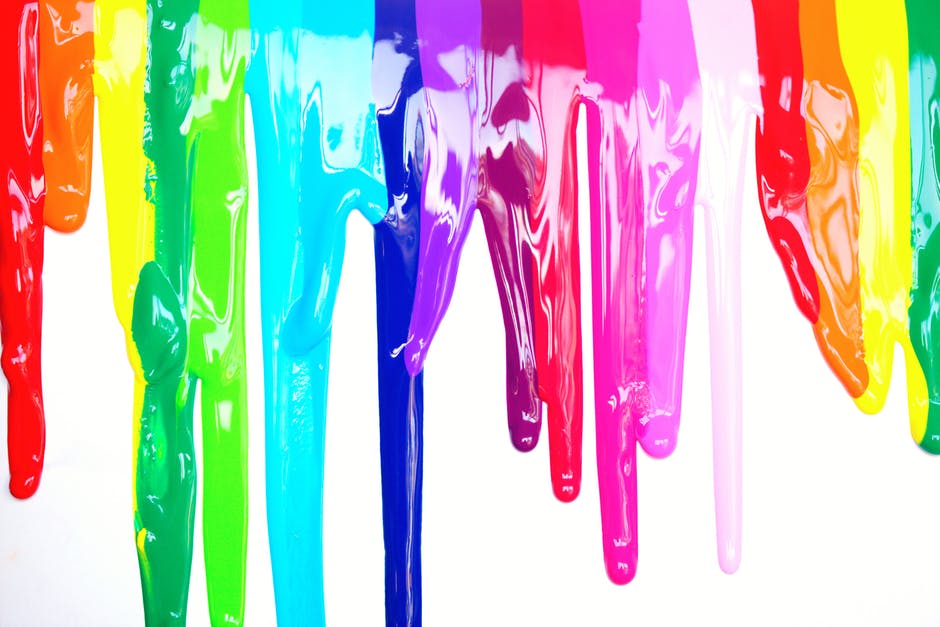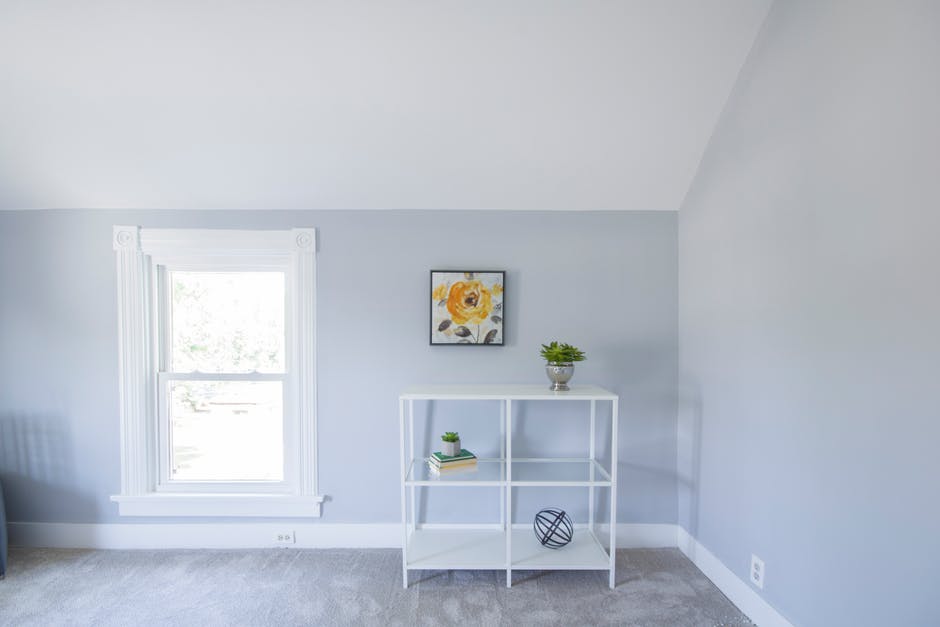Painting multiple rooms or even a single accent wall in your home can feel like an overwhelming project: there’s picking colors, taping trim, sanding, priming and, oh yeah, doing the actual painting.
“I think this is a great place to take a risk,” says Oliver M. Furth, an interior designer in Los Angeles. “If you’re thinking about experimenting with color … it’s much easier to repaint a wall than reupholster a sofa.”
How much paint do you need?
Paint requirements vary widely depending on several factors, including the wall surface; paint type, shade, and quality; and how many coats you apply. In general, one gallon of paint can cover anywhere from 225 to 400 square feet, says Sean Osysko, senior director, product innovation at Sherwin-Williams. Most cans will come with coverage per gallon estimates.
You can calculate the square footage of your space and determine the required amount of paint by hand if you know the estimated coverage for your specific paint, or you can use an online paint calculator like those from Sherwin-Williams and Benjamin Moore. Some simple calculators give rough estimates and may not account for the exact dimensions of windows and doorways, so keep that in mind as you determine your paint needs.
Also, you’ll want to round up rather than down if your calculations put you between gallons—and don’t forget to factor in a second or third coat. Two coats will do the trick for most paints, though more coats may be required for deeper colors.
Which type of paint should you buy?
Choosing a paint comes down to more than just color. You’ll use different paint types, for instance, for interior projects than for exterior ones. You can purchase paints that are moisture-resistant for bathrooms, or more durable for homes with children or pets, or meant for shutters and window trim.
High-sheen paints are more washable but tend to show wall imperfections, while low-sheen paints are good for coverage but more difficult to keep clean, says Mike Mundwiller, field integration manager at Benjamin Moore.
He adds that higher-quality paint holds its color and is easier to apply—this can mean less work and lower costs in the long run.
In general, high-quality paint has a higher ratio of solids (the pigments that provide color and opacity and the binders that hold the pigments in place) to liquids (the water or oil that carries the solids). Latex paints with all-acrylic binders tend to hold up best to wear and tear.
Benjamin Moore, Sherwin-Williams, Behr, Glidden, and Valspar are some of the more common brands you’ll find at your local hardware and paint stores and are highly rated by Consumer Reports.
 “The better quality paints will have more pigments and so a more nuanced and complex color,” he says. “Often this is hard to tell from a postage-size swatch, but when you’ve painted an entire room and the color reacts to the light, your eyes can really see the difference.”
“The better quality paints will have more pigments and so a more nuanced and complex color,” he says. “Often this is hard to tell from a postage-size swatch, but when you’ve painted an entire room and the color reacts to the light, your eyes can really see the difference.”
Depending on the texture and current color of your walls, you may have to do some advance preparation before you can paint. If you’re covering a deep or dark color with a bright shade, or painting a light color over a deep shade, a primer can better prepare the surface for a topcoat of paint and reduce the number of coats required. If you’re painting a light color over an existing light color, you may not need primer.
The bottom line: Don’t guess—ask.
How to store the leftovers
If you end up with extra paint, you can save it for touch-ups or future projects. One common storage option is to cover the top of the can with plastic wrap and use a rubber hammer to seal the lid, but Mundwiller recommends transferring leftovers to a smaller container to reduce the amount of empty space and the possibility of mildew or spoilage. Store containers in a cool, dry place where they won’t be exposed to temperature extremes—avoid your garage and attic.
“Always refer to the storing instructions found on the label of the product you are using,” Mundwiller adds. “In general, paint does not have an expiration date.”
When you’re ready to dispose of the leftovers, remove the lid and allow the paint to dry inside its can or container. In some places, you may be able to toss cans in your trash or recycling bin, but you should check local waste rules before doing so. Other options include recycling or donating unused paint to a local nonprofit. Never pour excess paint down a drain.

